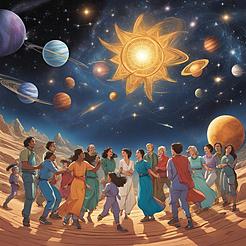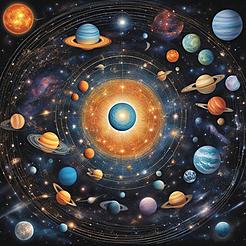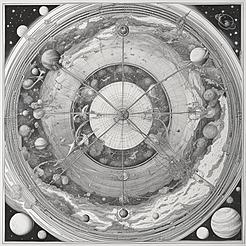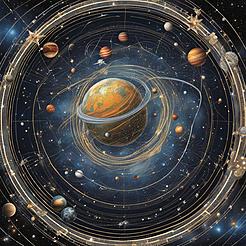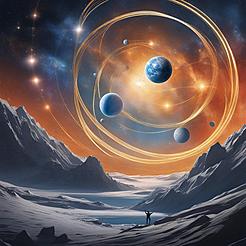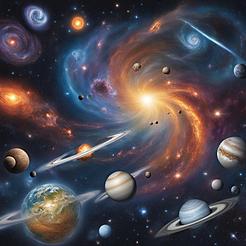 henrydjacob
henrydjacob- Chapter
- 2024-04-15

Our exploration now leads us to a fascinating chapter that delves into the intriguing interplay between chaos theory and celestial dynamics. The influence of chaos theory on the intricate dance of celestial bodies unveils a captivating narrative of unpredictability, stability, and the mesmerizing forces that shape the celestial symphony.
In the vast expanse of the cosmos, where planets, stars, and galaxies gravitate in harmonious orbits, the concept of chaos theory introduces a new dimension of understanding. At the heart of chaos theory lies the recognition that even in systems governed by seemingly deterministic laws, such as gravitational interactions among celestial bodies, a minute change in initial conditions can lead to vastly different outcomes over time. This sensitivity to initial conditions gives rise to the unpredictability that characterizes chaotic systems, challenging our conventional notions of order and predictability in celestial mechanics.
The gravitational interactions among multiple celestial bodies exemplify the intricate nature of chaotic dynamics in the cosmos. While the gravitational pull between two celestial bodies follows well-defined laws described by Newton's law of universal gravitation, the introduction of a third body introduces complexities that can lead to chaotic behavior. The famous three-body problem, a fundamental challenge in celestial mechanics, highlights the intricate dance of gravitational forces that can result in chaotic trajectories, where the positions of celestial bodies become increasingly difficult to predict over time.
In the realm of planetary systems, chaos theory manifests in the stability of orbits and the long-term evolution of planetary configurations. While some planetary systems exhibit remarkable stability over millions of years, others demonstrate chaotic behavior, where small perturbations in orbits can lead to significant deviations in trajectories. This delicate balance between stability and chaos underscores the dynamic nature of celestial dynamics, where celestial bodies navigate a fine line between order and unpredictability.
The stability of planetary systems in the face of chaotic forces is a testament to the resilience of celestial mechanics. Through computer simulations and mathematical models, scientists can explore the intricate dynamics of planetary orbits and gain insight into the long-term evolution of planetary systems. By studying the effects of chaotic perturbations on planetary trajectories, researchers can unravel the underlying mechanisms that govern the stability of planetary orbits and shed light on the resilience of celestial systems in the midst of chaotic forces.
References:
- "Chaos: Making a New Science" by James Gleick
- "Celestial Mechanics" by Alessandra Celletti and Ettore Perozzi
- "Chaos: Making a New Science" by James Gleick
- "Celestial Mechanics" by Alessandra Celletti and Ettore Perozzi
